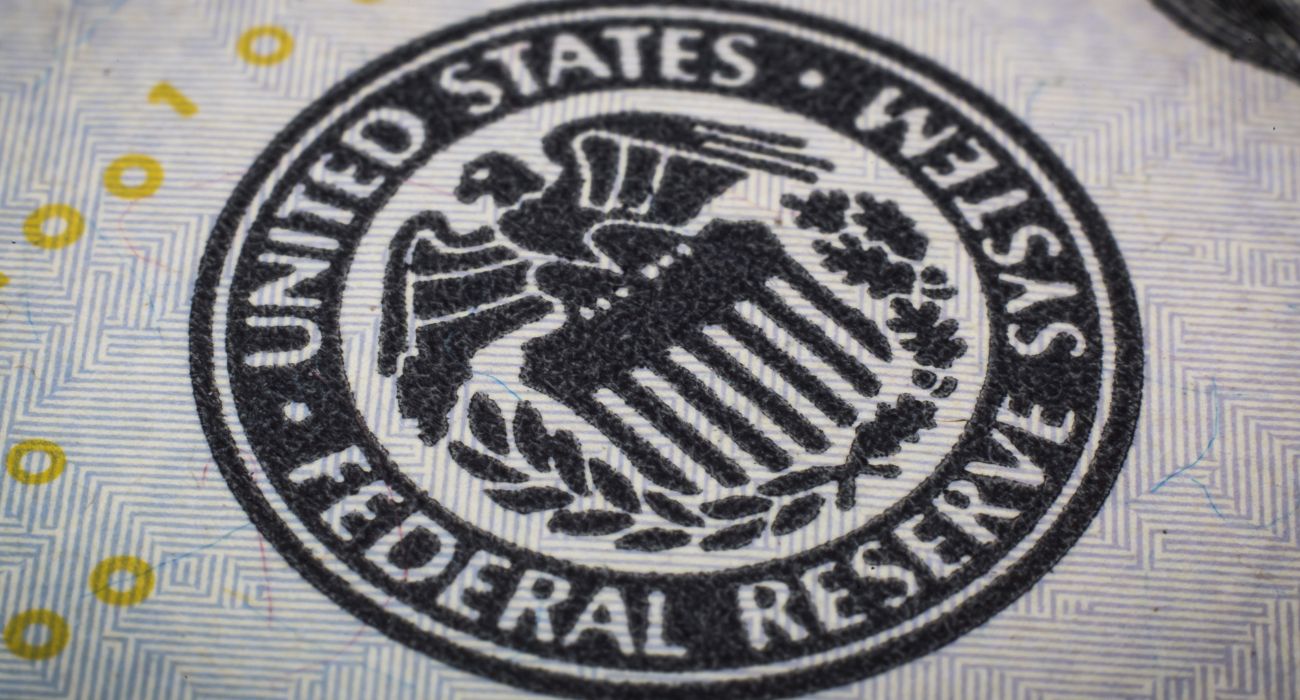Consumer prices continued to surge across the U.S. as broad-based inflation took hold over most sectors of the economy, sending the measure to a four-decade high and securing a larger rate hike next month.
The Consumer Price Index (CPI) came in hotter than expected, increasing by 0.4% in September after rising 0.1% in August, the Labor Department said on Thursday. On an annual basis, inflation rose by 8.2%, while the core CPI, which excludes food and energy, increased by 6.6% from a year earlier, the highest level since 1982.
September’s rise in core CPI represents two consecutive increases of 0.6%, a warning signal that the Fed’s persistent rate hikes are doing little to stamp out inflation and that more aggressive rate hikes would be needed to prevent inflation from becoming entrenched.
“What’s really at play in the September CPI is the December FOMC meeting, and the news is not good,” Bloomberg economists Anna Wong and Andrew Husby said following the report’s release.
They explained, “The higher-than-expected CPI print will make it difficult for the Fed to slow down to a 50-basis-point hike at its last meeting of the year, as it indicated in the latest dot plot that it wants to do.”
The report said that increased shelter, food, and medical care indexes were the largest contributors to the monthly increase. The indexes for motor vehicle insurance, new vehicles, household furnishings and operations, and education also increased over the month.
The broad-based increases were partly offset by a 4.9% decline in the gasoline index and a 2.1% drop in the energy index, despite increases in the natural gas and electricity indexes. Other declines were seen in used cars and trucks, apparel, and communication.
The shelter index continued its increase month-over-month, rising 0.7% in September and August. Rent prices increased by 0.8% over the month, with the owners’ equivalent rent index experiencing its “largest monthly increase since June 1990,” the Labor Department said.
The food index increased by 0.8% in September, the same increase as in August. The monthly increases in food prices have tightened the grip on budget-conscious consumers who had to factor in the higher prices when visiting grocery stores.
Last month fruits and vegetables shot up by 1.6%, cereals and bakery products increased by 0.9%, meats, poultry, fish, and eggs rose by 0.4%, dairy and related products were 0.3% higher, and nonalcoholic beverages saw their costs increase by 0.6%, according to the report.
The medical care index rose 0.8% in September, after having increased by 0.7% the month before. When breaking down the index, physicians’ services saw a rise of 0.5% over the month, while hospital services had a slight 0.1% increase.
The prices people paid for prescription drugs actually fell by 0.1% over the month, providing some form of modest relief.
With higher-than-expected inflation defying most analyst expectations, another interest rate hike at the Fed’s November policy meeting looks inevitable.
Mitch Kramer, a certified financial planner with Dallas-based Fluent Financial, believes September’s hotter-than-expected CPI is a sure sign that the Fed will implement more rate hikes in November and December. He expects the Fed to keep rates static in 2023.
“With the latest CPI report coming in hot at 8.2% versus the 8.1% estimate, the Fed is certainly going to go with a minimum 75-basis point hike at the next meeting,” Kramer told The Dallas Express. With core inflation at a 40-year high, we’re finally starting to see the effects of sticky inflation in components like wages and rents, he said.
Geopolitical developments could also keep inflation elevated despite the most aggressive tightening campaign since the 1980s. Some of these developments include the recent oil production cuts by OPEC+, escalations in the Russia-Ukraine war, a potential currency crisis, and a looming natural gas shortage this winter, among other concerns in Europe and abroad.
Kramer believes inflation will be temporary, though, and that the Fed will likely start cutting rates in the last six months of 2023.
The demographics around the world are different today, with reservoirs of global savings that were accumulated by a generation of baby boomers familiar and experienced with economic pullbacks, he explained.
Additionally, “with higher levels of unemployment typically signaling an end to a bear market, equity markets could start to recover sometime next summer,” Kramer said.
Without providing financial advice, Kramer discussed how having some modest bond market exposure could be beneficial for creating added income over the next year. Roth IRA conversions and appropriate use of tax loss harvesting can also be helpful in limiting financial risk, he added.






